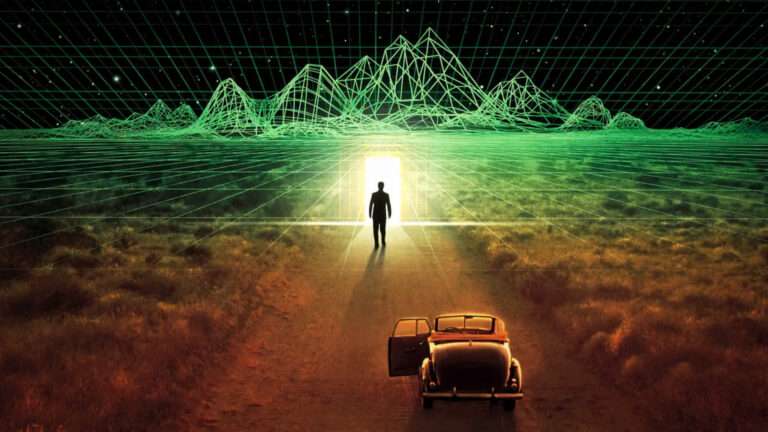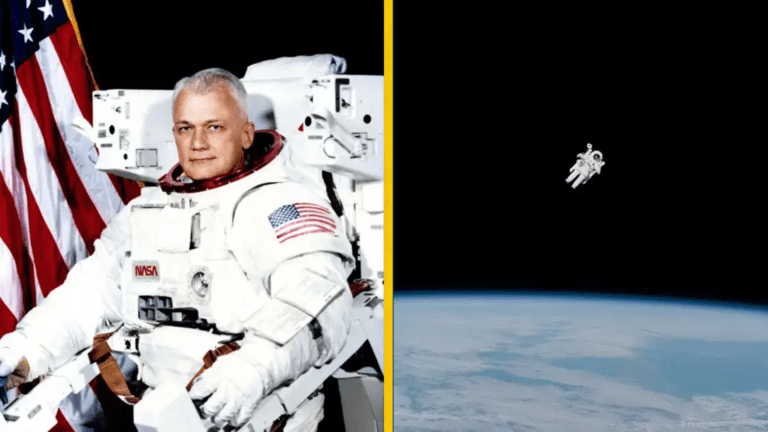is it possible that we can live Inside a Black Hole? NASA’s JWST Reveals Fascinating Clues!
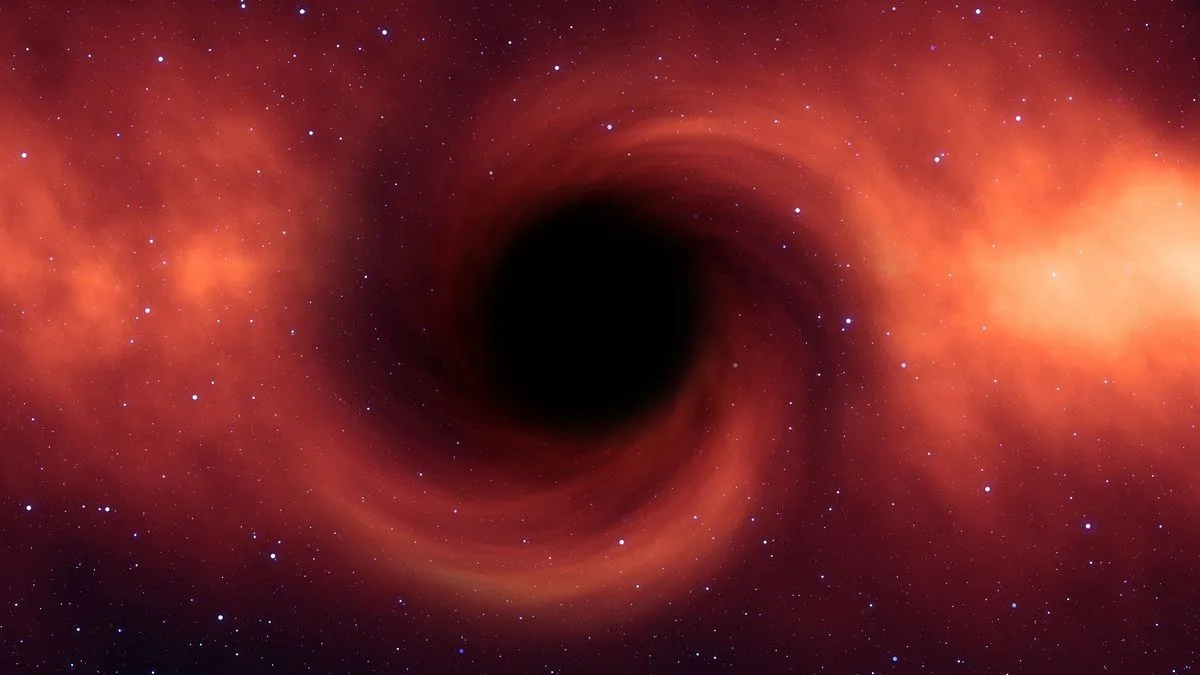
NASA’s James Webb Space Telescope (JWST) is revolutionizing our understanding of the Black Hole universe. With its unprecedented clarity and sensitivity, JWST is unveiling celestial objects and phenomena in stunning detail, allowing astronomers to observe the universe as never before. Among its many groundbreaking discoveries, the telescope has brought to light surprising findings about the early formation of galaxies and even strange patterns in their rotation. These revelations are reshaping our knowledge of the cosmos, offering new insights into the origins and evolution of the universe.
Early Galaxies: A Surprising Discovery
One of the most remarkable discoveries made by JWST is the detection of galaxies that formed much earlier than scientists originally thought possible. For instance, the galaxy JADES-GS-z14-0 was found to have existed just 250 million years after the Big Bang. This finding has challenged current theories about galaxy formation, as it was previously believed that galaxies like the Milky Way formed gradually over billions of years.
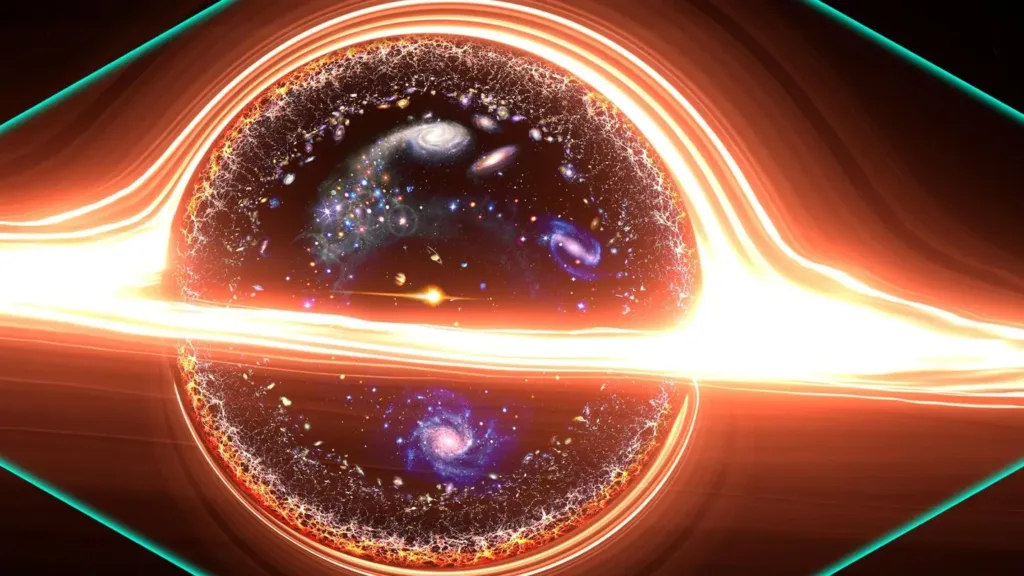
What makes this discovery so intriguing is that JWST has detected spiral galaxies—galaxies that were thought to be a product of later cosmic evolution—existing in the early universe, only a few hundred million years after the Big Bang. This challenges the conventional view that galaxies took billions of years to evolve into the spirals we see today. Such unexpected discoveries could lead to a major shift in our understanding of how galaxies form.
Moreover, this surprising finding also ties into the ongoing puzzle in cosmology known as the Hubble tension. The Hubble tension refers to discrepancies between measurements of the universe’s expansion rate, which have yet to be resolved. Some researchers speculate that these early galaxies detected by JWST could help explain this unresolved mystery and might even point to gaps in our understanding of fundamental physics.
A Strange Twist in Galactic Rotation
Another unexpected finding from JWST involves the rotation patterns of galaxies. Lior Shamir, a researcher at Kansas State University, analyzed data from JWST’s Advanced Deep Extragalactic Survey (JADES) and found something remarkable: most galaxies appear to rotate in a preferred direction. Out of the 263 galaxies studied, approximately two-thirds rotate clockwise, while only a third rotate counterclockwise. This imbalance is striking, as in a randomly oriented universe, we would expect an equal number of galaxies rotating in both directions.
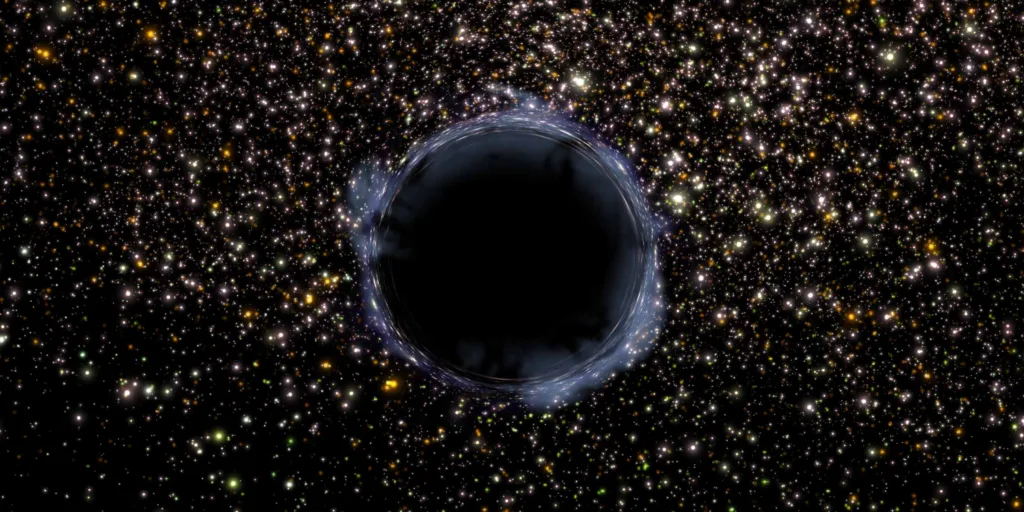
Shamir commented on the obvious nature of the discovery, saying, “The difference is so obvious that anyone looking at the Black Hole image can see it.” While similar asymmetries had been observed with Earth-based telescopes, JWST’s high-resolution images have provided much stronger evidence of this curious phenomenon.
This unusual rotation pattern raises fundamental questions about the structure and origin of the Black Hole universe. If galaxies were truly distributed randomly across the cosmos, there should be no preference for clockwise or counterclockwise rotation. This discovery could force scientists to reconsider our understanding of the universe’s origin and development.
Possible Explanations for the Rotation Pattern
Several theories have been proposed to explain this strange rotation pattern. One theory suggests that the universe itself may have been born with an inherent rotation, aligning with alternative cosmological models like black hole cosmology. In these models, the universe might exist inside a massive black hole, and its built-in rotation could explain the unusual galactic rotations observed.
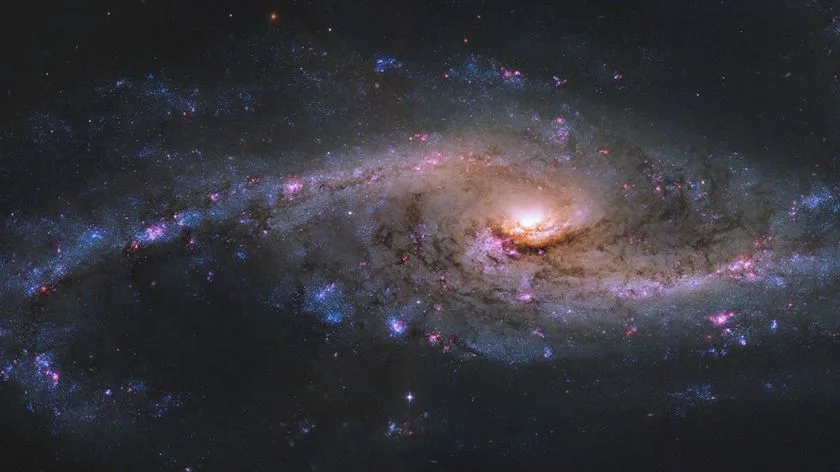
Another possibility is an observational bias related to the motion of our own galaxy. Because Earth orbits the center of the Milky Way, galaxies rotating in the opposite direction of our Black Hole motion may appear brighter and more detectable. This could lead to an overrepresentation of galaxies rotating in one direction. If this theory proves true, scientists might need to recalibrate their Black Hole distance measurements, which could help solve other mysteries in cosmology, such as the varying rates of the universe’s expansion.
Redefining Our Understanding of the Universe
The discoveries made by JWST have forced scientists to rethink long-held beliefs about the cosmos. From early galaxies to the unexpected rotation patterns of spiral galaxies, JWST is providing new data that challenge traditional views of the universe’s evolution. While further research is needed, these findings are already sparking new questions and theories about the very fabric of space-time.
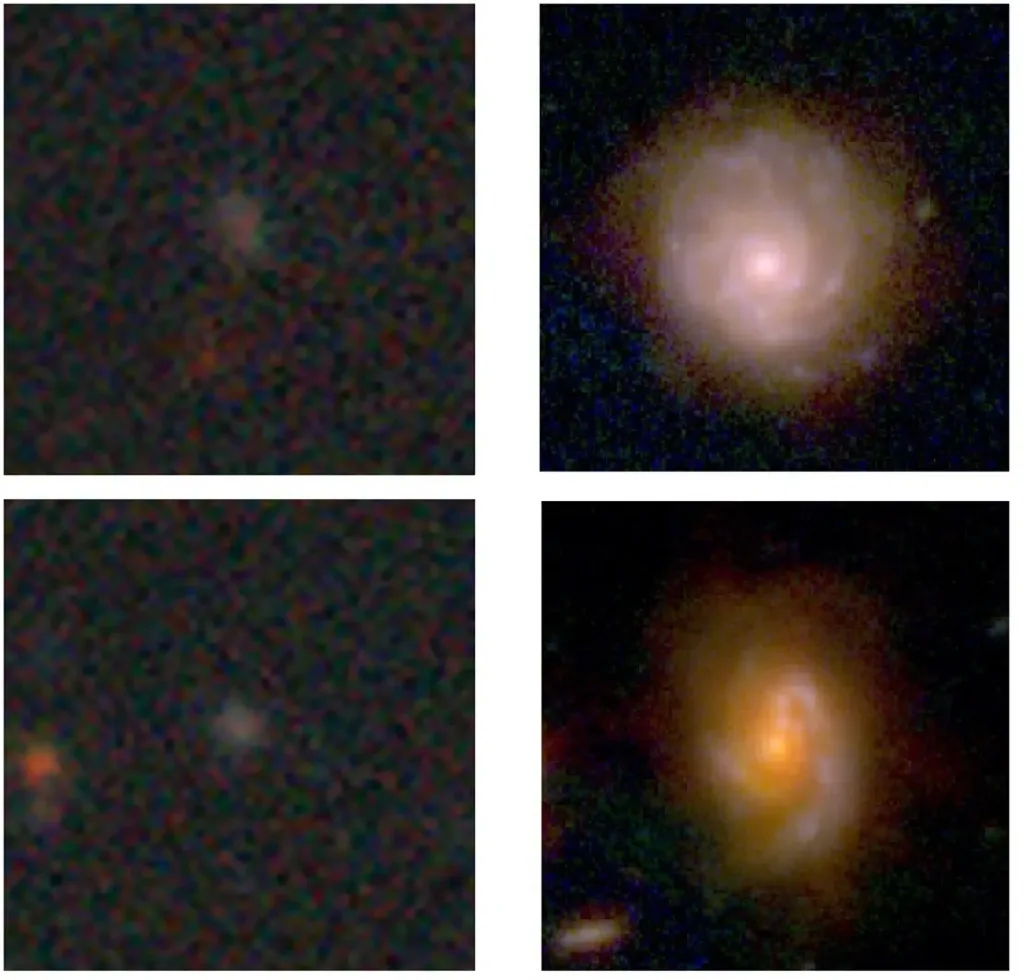
As JWST continues its mission, it is bound to uncover even more cosmic Black Hole secrets. Some of these discoveries could radically change our understanding of the origins and structure of the universe, potentially rewriting the foundations of modern astronomy.
In conclusion, the James Webb Space Telescope is more than just a tool for observing distant stars and galaxies—it’s a window into the mysteries of the universe that promises to change everything we thought we knew about the cosmos.



